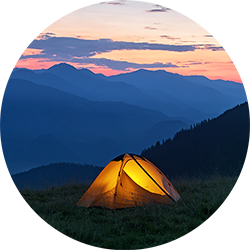The city stands on a ridge of yellow sandstone and has a fort on top, which contains the palace and many beautiful Jain temples. Jaisalmer was established by Maharaja Jaisal Singh in 1156 AD and is named after him. The yellow sandstone gives the city a golden look. Hence, it is also referred to as the ‘Golden City’.
Tourism is the major contributor to the economy of this region. Apart from the forts and palaces, Jaisalmer is known for its artists who have established themselves in both national and international arenas. The city is also known for its handbags which are made from the hides of native wild camels.
Some of the most popular tourist attractions of Jaisalmer include the Jaisalmer fort, the Jaisalmer Folklore Museum, the Jaisalmer Fort Palace Museum, the Gadsisar Lake, the Bhattiani Sati Rani and Sam sand dunes. Of these, the Jaisalmer fort and the Gadsisar Lake are of particular interest due to its beauty and grandeur. The Jaisalmer Fort was built in 1156 AD and stands on the Meru Hill. The fort has a beautiful mellow colour which turns spectacular especially during sunset. The most interesting feature of the fort is that it is a ‘living’ fort with about a quarter of the population still residing in it.
The city of Jaisalmer is situated at a distance of 300 km from the Jodhpur airport. The nearest railway station is the Jaisalmer Railway Station. The town of Jaisalmer lies by the National Highway 10. Hence, both state and private road transport connect it to nearby cities and states.









